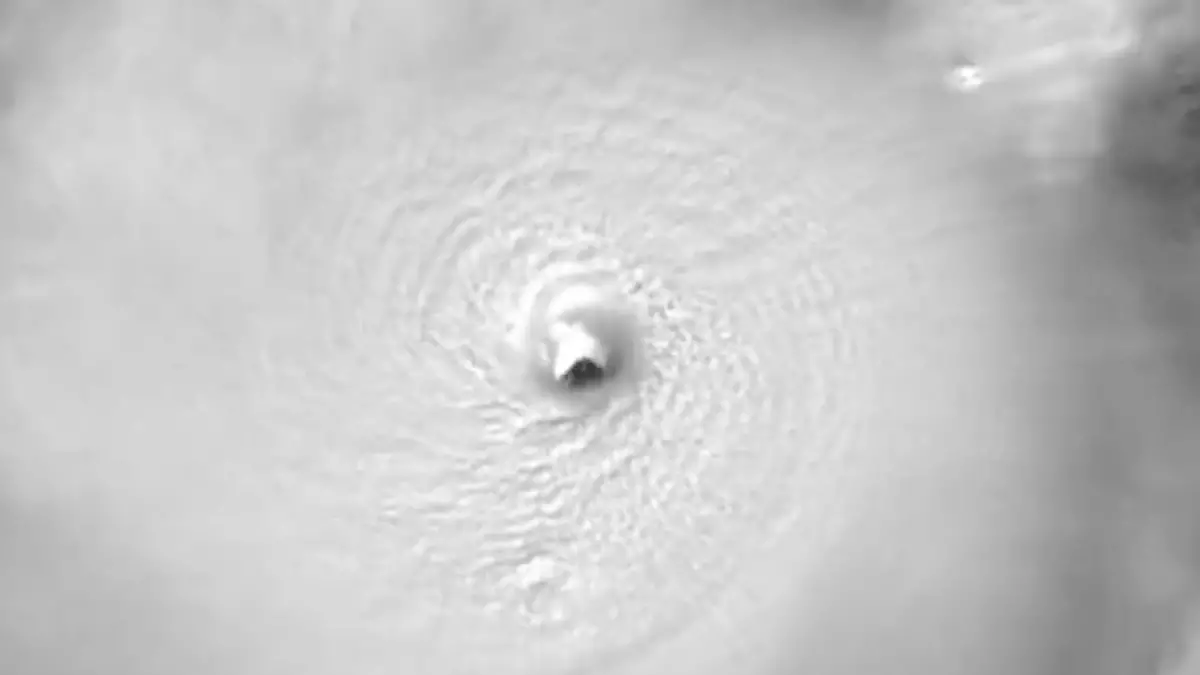Some hurricanes rapidly intensify. Hurricane Milton has “explosively” intensified.
The National Hurricane Service, after observing the Category 5 cyclone continually strengthen, reported Monday that Florida-bound “Milton Explosively Intensifies With 175-Mph Winds.” This means Milton “is unfortunately hitting the top-end of possible intensification rates,” meteorologist Levi Cowan posted online. The hurricane jumped from a Category 1 to 5 in under a day.
Tropical storms, particularly the most powerful hurricanes, can exploit favorable environment conditions to rapidly intensify. This means increasing wind speed by some 35 mph, or 30 knots, in 24 hours. Milton has gone well beyond that.
“There is such a thing as ‘extreme rapid intensification’ and #Milton has done it,” Kathryn Prociv, a meteorologist with NBC news, explained online. “Extreme RI defined as a 58mph+ increase in 24 hours. Milton has gone 90mph.”
Mashable Light Speed
Why it’s impossible to forecast the weather too far into the future
The footage below, captured by National Oceanic and Atmospheric Administration weather satellites, demonstrates Milton’s robust windup and growth. The storm is projected to make landfall on the west coast of the Florida peninsula on Wednesday, and is tracking toward the well-populated Tampa Bay region. It’s serious.
“If the storm stays on the current track, it will be the worst storm to impact the Tampa area in over 100 years,” the National Weather Service said.
“Extreme RI defined as a 58mph+ increase in 24 hours. Milton has gone 90mph.”
The storm is now rapidly spinning through the Gulf of Mexico, with extreme winds circulating around its well-defined eye:
Though a number of factors influence the formation of strong hurricanes (opposing winds that can break apart storms, moist or dry air, etc.), a vital influence is warm sea surface temperatures of over 80 degrees Fahrenheit (27 degrees Celsius). Warm oceans act as jet fuel for hurricanes, storm scientists explain. That’s because warmer oceans fuel tropical storms as more water naturally evaporates into the air, giving storms energy and moisture to intensify. Crucially, the oceans, which absorb most of the heat created by burning fossil fuels, are relentlessly warming.
Today, Atlantic hurricanes are already twice as likely to develop from a milder storm into a major hurricane.

